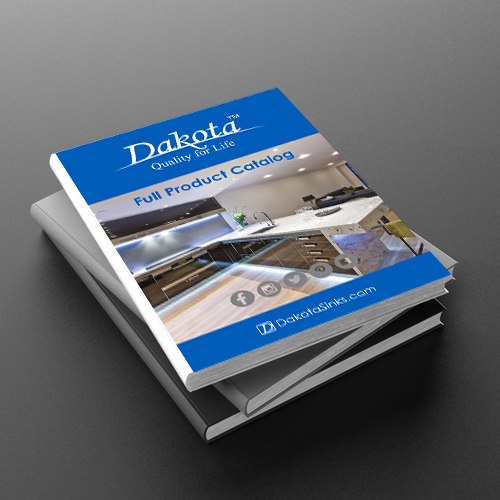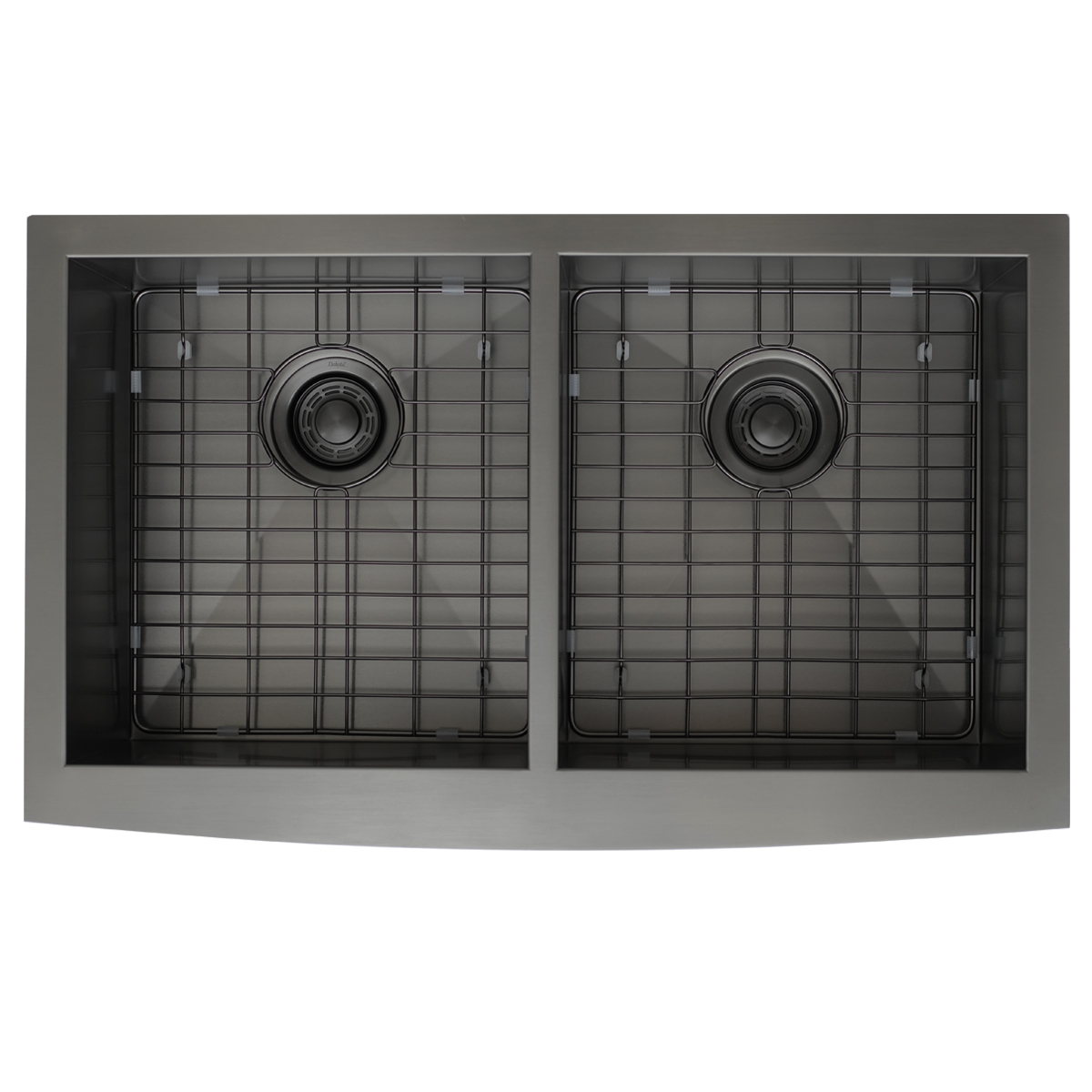DAILY
When you finish using your sink, adopt the simple rinse and wipe method. When water dries, it often leaves behind unsightly calcium stains, which may alter the appearance in an undesirable way. In addition, when food is allowed to sit on the surface of the sink, any acids within the food can alter
the finish. So just remember to rinse with water and wipe with a dish towel.
NOTE: Since copper is a natural anti-bacterial surface, it is not necessary to disinfect or scrub your copper, since the sink does it for you.
WHEN NEEDED
If you feel the surface has lost its luster, use a clear mild non-citrus liquid dish soap with a no-scratch sponge to gently scrub the entire surface. Rinse with water and wipe with a dish towel.
NOTE: you may notice some brown spots on your sponge when you do this. Do not worry, it is perfectly normal. You are scrubbing off some of the patina that has built up over time. To further enhance the beauty of the finish and add an extra layer of protection from food related acids, this is
a good time to use wax.
CARING FOR LIGHT SPOTS
If something strips the patina, do not worry, your copper surface has a living finish. The patina will naturally regenerate with time. The best thing to do is clean the area with clear mild soap and no-scratch sponge to remove any remaining acid or chemical. Do not wax the sink until the spots have darkened back with natural patina. The more water and oxygen that come in contact with the raw spots, the faster they will patina. Waxing will slow the natural darkening process as it protects the surface from the environment. Use your sink as you normally would and you will notice the spots will darken and blend back into the sink.
AVOID
All cleaning products that contain abrasives, ammonia, bleach, and alcohol. All will strip the patina and expose the raw copper.
Download Print Version: Dakota_Copper_Sink_Care_Instructions


